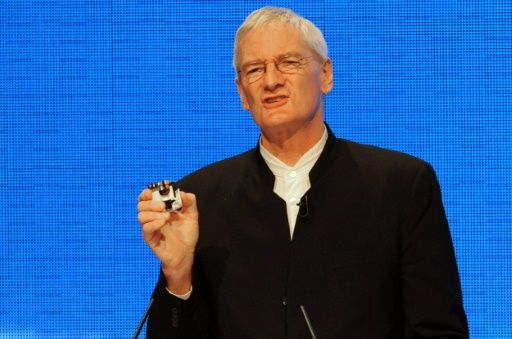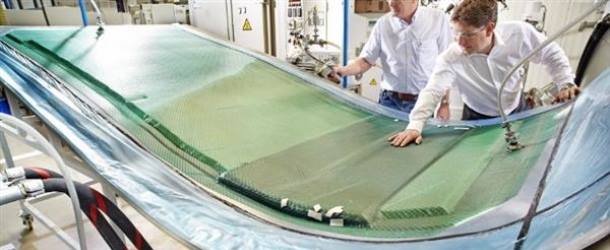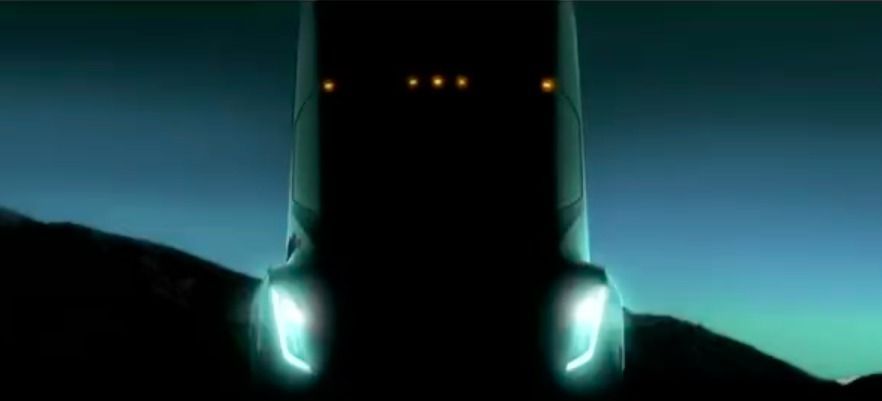Dyson says the car will be unveiled in 2020 and will be ‘radically different’ to other vehicles on the market.


No human stepped foot on the acre and a half barley farm. The manual labor in Hands Free Hectare was done entirely by robot farmers.

James Dyson announced Tuesday he was investing £2.0 billion ($2.7 billion, 2.3 billion euro) into developing an electric car by 2020, a new venture for the British inventor of the bagless vacuum cleaner.
The 70-year-old British entrepreneur said work began two and a half years ago on a project which he hopes will help tackle the scourge of air pollution.
“Dyson has begun work on a battery electric vehicle, due to be launched by 2020,” he said in an email to employees, referring to his eponymous company.

It’s called the Aicon, and it’s sure to turn heads.

(3Ders.org) The rapid advance of 3D printing technology means that hybrid-material wind turbine blades complete with metal mesh inserts are no longer the stuff of imagination. These energy savers with “sci-fi-level” performance could become reality in as soon as two years. Philip Totaro of Totaro & Associates, “The greatest challenge for wind turbine blade structural and manufacturing engineers is to implement the idealized performance and noise mitigated designs of aerodynamics engineers,” explains Totaro. “Limitations of previous generations of manufacturing technology and the reliance on lower cost materials have limited the type of spar/shear web structures which could be utilized.” But 3D printing could be about to change all that, Totaro says.

At the Frankfurt Motor Show (IAA Cars 2017) in Germany earlier this week, Samsung SDI — the battery-focused division of Samsung — unveiled a new multi-functional battery pack capable of increasing the current range of electric vehicles. As explained by the Korean company, the battery enables cars to go between 600–700 kilometers (372−4343 miles), provided the right number of modules are installed.
“Its users can change the number of modules as they want as if they place books on a shelf,” says Samsung. “For example, if 20 modules are installed in a premium car, it can go 600 to 700 kilometers. If 10 to 12 modules are mounted on a regular sedan, it can run up to 300 kilometers. This pack is expected to catch the eyes of automakers, because they can design a car whose mileage may vary depending on how many modules of a single pack are installed.”
Electrek explains that automakers like Nissan and GM have been using prismatic cells in their battery packs. Samsung SDI began developing new “2170” cylindrical cells earlier this year, following the footsteps of Tesla, which was the first to do so with their “2170” battery cell.
